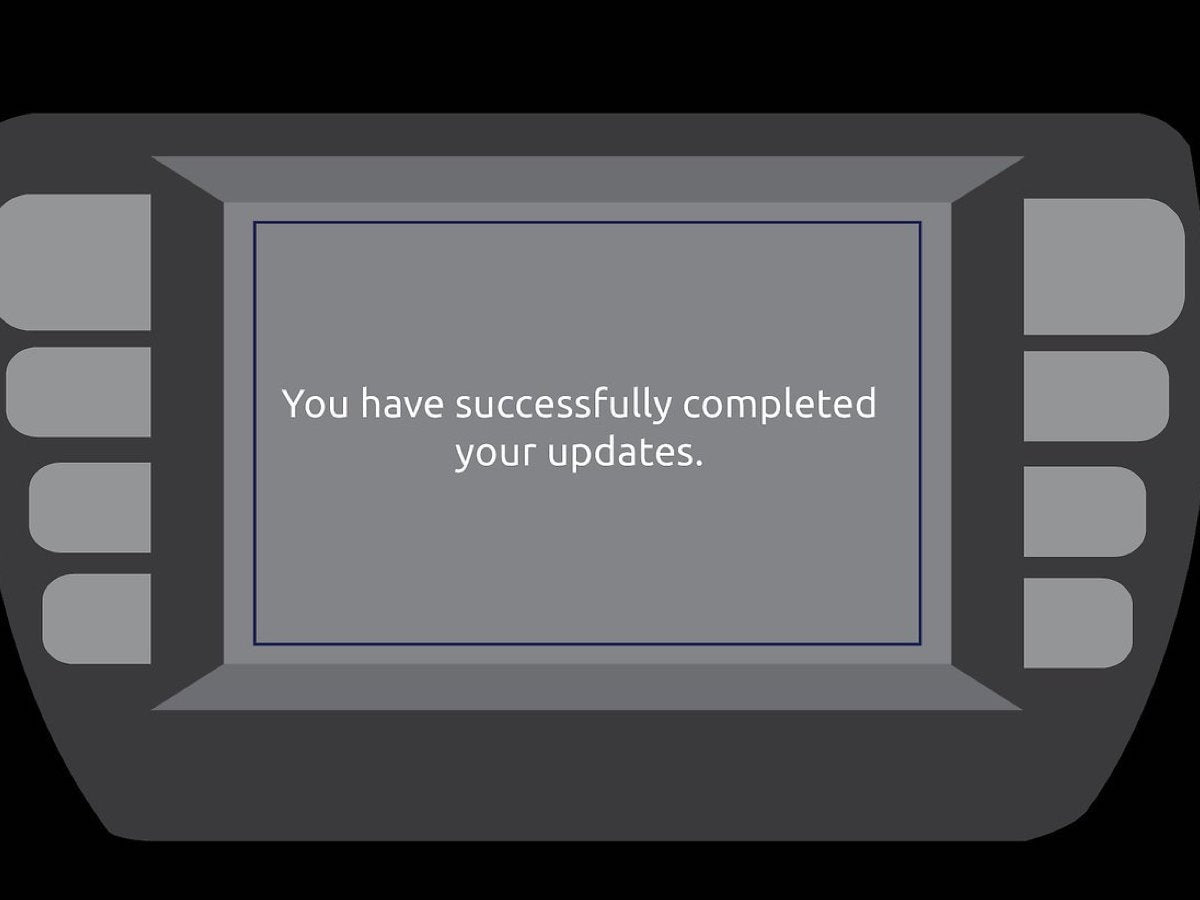
It’s imperative that vehicle software has 100 percent reliability because a software malfunction behind the wheel has far graver consequences than one that occurs when someone’s sitting behind a desk.

There are hundreds of millions of lines of code embedded in just one vehicle’s software and this technology increasingly controls an array of important vehicle functions, including summoning roadside assistance when air bag deployment is detected, braking autonomously to prevent a collision, and alerting drivers to a vehicle’s presence in their blind spot. Given the computer power that’s on board today’s vehicles and controlling critical vehicle functions – such as engine performance and navigation systems – it’s no surprise that vehicle software updates are receiving more attention from drivers and automakers alike, and that the methods for delivering these updates are evolving.


Smartphone and computer users are accustomed to those devices alerting them when a software update is available, asking whether they want to install the update now or later, or automatically downloading updates as they become available.


 0 kommentar(er)
0 kommentar(er)
